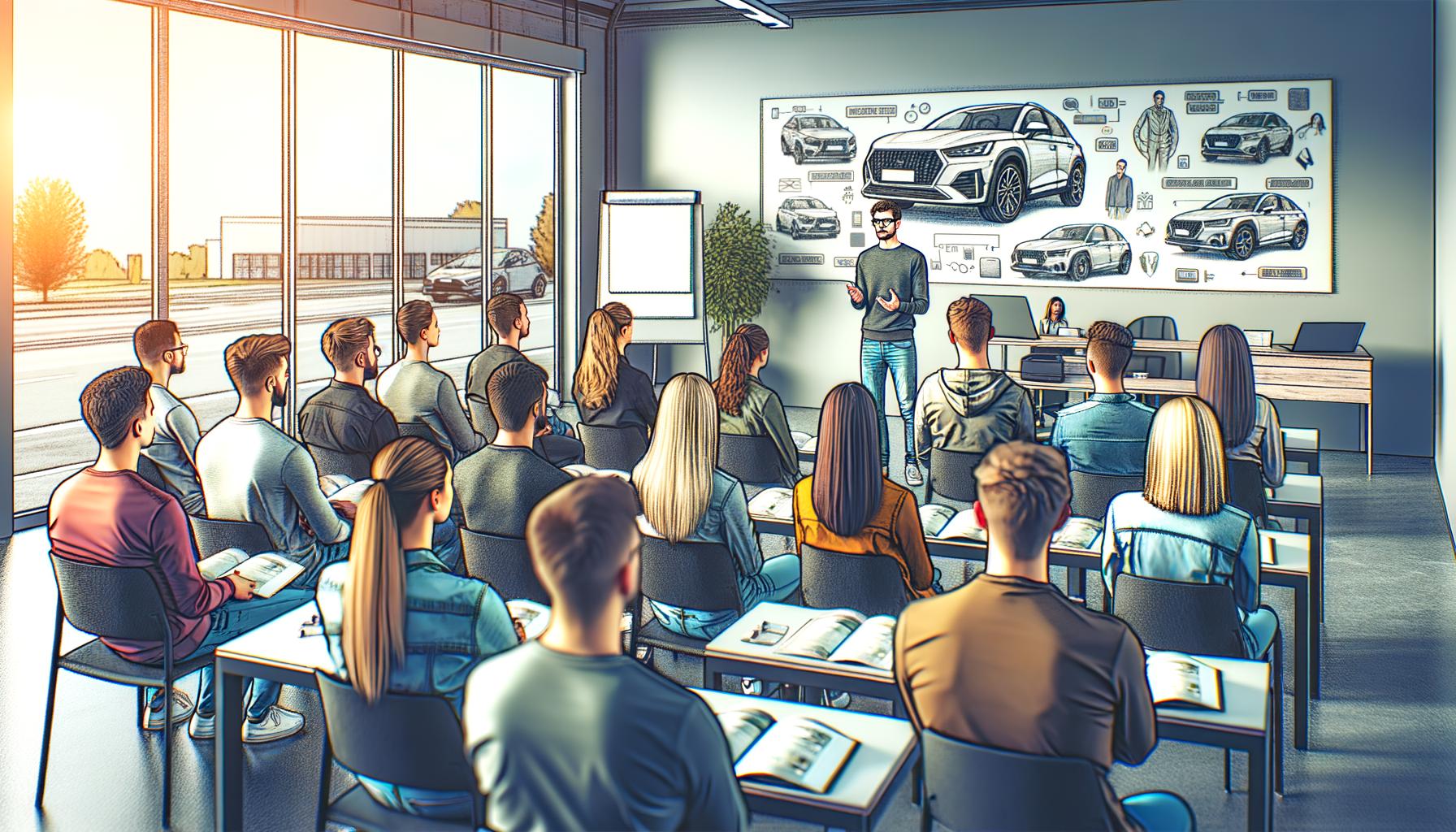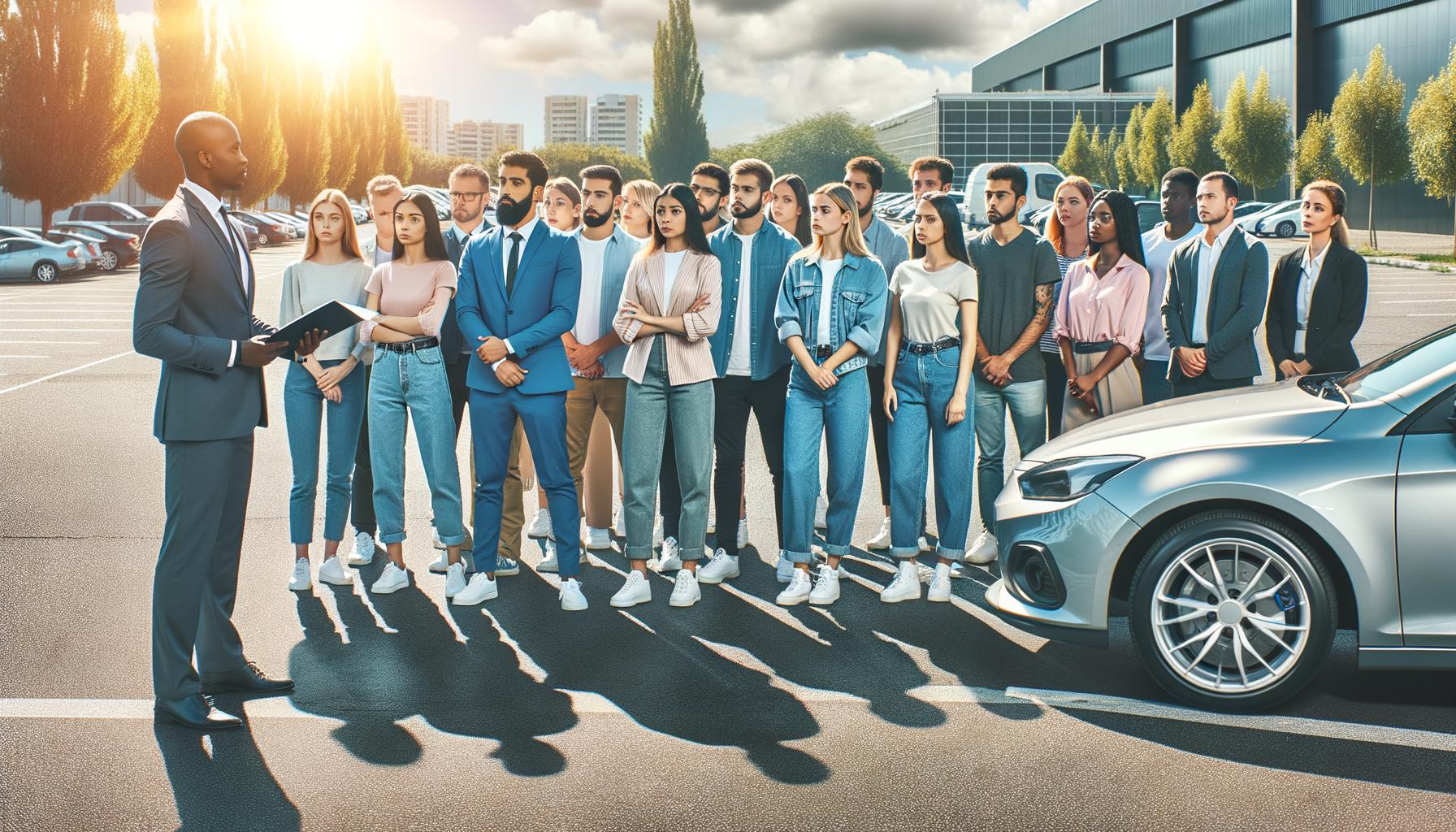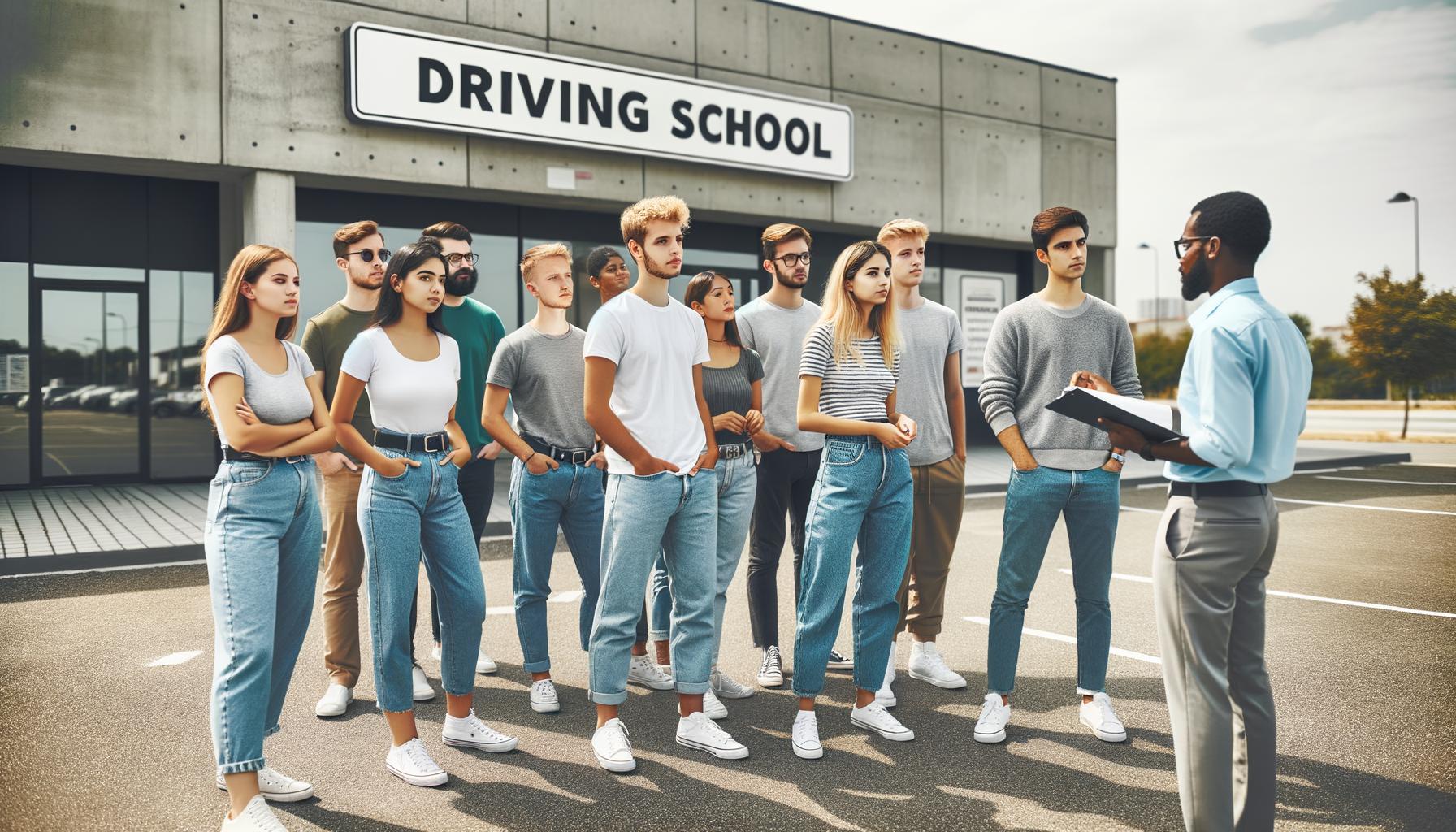Driving Zone Awareness: All You Need to Know
At The Wiser Driver Driving School, we know that mastering driving zone awareness is key to becoming a safer, more confident driver.
Driving zones are the areas around your vehicle that you need to monitor constantly while on the road. Understanding these zones and how to manage them effectively can significantly reduce your risk of accidents and improve your overall driving experience.
In this blog post, we’ll explore the different driving zones, their importance, and practical techniques to enhance your zone awareness skills.
What Are Driving Zones?
Driving zones are specific areas around your vehicle that require constant attention while you’re on the road. These zones are critical for maintaining safety and avoiding collisions. At The Wiser Driver Driving School, we emphasize the importance of understanding and managing these zones effectively.
The Six Key Driving Zones
There are six primary driving zones that every driver should be aware of:
-
Front Zone: This is the area directly in front of your vehicle. It’s crucial to maintain a safe following distance, which should be at least 3-4 seconds under normal conditions. According to the National Highway Traffic Safety Administration (NHTSA), rear-end collisions account for approximately 29% of all crashes, highlighting the importance of managing this zone.
-
Rear Zone: The area behind your vehicle. Regularly check your rearview mirror to be aware of vehicles approaching from behind. This is especially important when slowing down or stopping.
-
Left and Right Zones: These are the areas to the sides of your vehicle. They’re particularly important when changing lanes or merging. The NHTSA reports that lane change crashes make up about 9% of all accidents.
-
Blind Spots: These are areas around your vehicle that aren’t visible through your mirrors. They’re typically located just behind and to the sides of your car. Always physically turn your head to check these spots before changing lanes.
-
Above Zone: This area is often overlooked but is crucial, especially for larger vehicles. Be aware of low bridges, overhanging trees, or any other overhead obstacles.
-
Below Zone: This includes the road surface and any potential hazards like potholes, debris, or changes in road texture.
Practical Tips for Zone Management
To effectively manage these zones, we recommend the following:
-
Scan your zones every 5-8 seconds. This helps you stay aware of your surroundings and potential hazards.
-
Use the “move-or-be-moved” principle. If you notice a hazard in one of your zones, decide quickly whether to change your position or prepare to react if the hazard enters your path.
-
Adjust your speed and position based on zone conditions. For example, increase your following distance in poor weather or heavy traffic.
-
Use your turn signals early when planning to change zones. This gives other drivers time to react and adjust their own positions.
-
Be particularly vigilant in high-risk areas like intersections, where multiple zones interact. According to the Insurance Institute for Highway Safety, a significant portion of fatal crashes occur at or near intersections.

By mastering these driving zones and implementing these strategies, you’ll significantly enhance your driving safety. Remember, effective zone management is not just about protecting yourself, but also about being a responsible road user for everyone around you.
How Do Driving Zones Impact Your Safety?
Driving zones play a crucial role in maintaining safety on the road. Understanding and effectively managing these zones can significantly reduce your risk of accidents and improve your overall driving experience. Let’s explore how each zone impacts your safety and what you can do to navigate them effectively.
The Forward Zone: Your First Line of Defense
The forward zone is arguably the most critical area to monitor while driving. It extends from the front of your vehicle to as far ahead as you can see. Proper management of this zone allows you to anticipate potential hazards and react in time.

According to the National Highway Traffic Safety Administration, about 29% of all crashes are rear-end collisions. To avoid becoming part of this statistic, maintain a safe distance of 3 or 4 seconds under normal conditions. This gap provides you with crucial reaction time if the vehicle ahead suddenly stops or slows down.
Additionally, scan the road ahead for potential obstacles such as debris, potholes, or sudden traffic changes. By doing so, you’ll be able to adjust your speed or change lanes well in advance, reducing the risk of sudden maneuvers that could lead to accidents.
Side Zones: Navigating the Unseen
Side zones, including your blind spots, are areas where many drivers falter. These zones are particularly important when changing lanes, merging, or navigating intersections.
To effectively manage your side zones:
- Adjust your mirrors properly to minimize blind spots.
- Always physically turn your head to check blind spots before changing lanes or merging.
- Use your turn signals early to communicate your intentions to other drivers.
- Be extra cautious in areas with heavy pedestrian or cyclist traffic.
The Rear Zone: What’s Behind You Matters
While it might seem less important, the rear zone deserves your attention. This zone is crucial when slowing down, stopping, or performing reverse maneuvers. Regularly check your rearview mirror to be aware of vehicles approaching from behind, especially when you’re about to slow down or stop.
When backing up, don’t rely solely on your rearview camera if your vehicle is equipped with one. Use all your mirrors and physically turn to look behind you. This comprehensive approach helps you spot potential hazards that might be out of your camera’s field of view.
At The Wiser Driver Driving School, we emphasize the importance of creating a “space cushion” around your vehicle. This involves maintaining safe distances not just in front, but in all directions. By doing so, you give yourself more time to react to unexpected situations and reduce the risk of collisions.
Remember, effective zone management is an ongoing process that requires constant attention and adjustment. By mastering these techniques, you’ll not only protect yourself but also contribute to safer roads for everyone.
How Can You Sharpen Your Zone Awareness?
Mastering zone awareness is a skill that requires practice and dedication. At The Wiser Driver Driving School, we’ve developed effective techniques to help drivers enhance their zone awareness and become safer on the road.
Perfect Your Mirror Setup
The first step in improving your zone awareness is to ensure your mirrors are correctly adjusted. Many drivers make the mistake of setting their side mirrors too close to their vehicle, creating unnecessary blind spots. Instead, adjust your side mirrors outward until you can just barely see the side of your car. This setup significantly reduces blind spots and provides a wider field of view.

For your rearview mirror, position it so you can see the entire rear window without moving your head. Remember to readjust your mirrors every time you get in the car, especially if you share the vehicle with other drivers.
Master the Art of Scanning
Effective scanning is crucial for maintaining awareness of all zones around your vehicle. Develop a habit of regularly scanning your surroundings, including all mirrors and blind spots. The National Highway Traffic Safety Administration recommends scanning the road ahead for 12-15 seconds, which is about one block in city driving or a quarter mile on the highway.
When scanning, don’t just focus on other vehicles. Look for pedestrians, cyclists, road signs, and potential hazards like debris or potholes. Pay extra attention to intersections, where multiple zones interact and the risk of collisions is higher.
Predict and Anticipate
One of the most valuable skills in driving is the ability to anticipate other drivers’ actions. This involves observing and interpreting subtle cues from surrounding vehicles. For example, if you notice a car in an adjacent lane gradually drifting towards your lane, they might be preparing to change lanes without signaling.
Similarly, if you see a vehicle ahead slowing down without brake lights, they might be distracted or experiencing mechanical issues. By anticipating these scenarios, you can proactively adjust your position and speed to maintain a safe buffer zone around your vehicle.
Remember, improving your zone awareness is an ongoing process. It requires constant practice and attention every time you’re behind the wheel. By implementing these techniques, you’ll significantly enhance your ability to navigate the road safely and confidently.
Final Thoughts
Driving zone awareness is a fundamental skill that can significantly enhance your safety on the road. By understanding and effectively managing the six key driving zones around your vehicle, you’re taking a proactive approach to accident prevention and responsible driving. This awareness not only protects you but also contributes to the safety of other road users, including pedestrians and cyclists.

Mastering zone management offers numerous benefits. It reduces your risk of collisions, improves your ability to anticipate and respond to potential hazards, and ultimately leads to a more confident and relaxed driving experience. By maintaining proper following distances, regularly scanning your surroundings, and staying alert to changes in your driving environment, you’re setting yourself up for safer journeys.
Remember, developing strong zone awareness skills is an ongoing process that requires consistent practice and attention. Each time you get behind the wheel is an opportunity to refine these skills. Pay attention to your mirror setup, practice effective scanning techniques, and work on predicting and anticipating the actions of other drivers. Over time, these habits will become second nature, making you a more skilled and responsible driver.
At The Wiser Driver Driving School, we’re committed to helping drivers of all ages develop these crucial skills. Our comprehensive driving programs are designed to boost your confidence and competence on the road. From state-required courses to personalized driving lessons and defensive driving courses, we offer the tools and knowledge you need to become a wiser, safer driver.
By prioritizing driving zone awareness and continuously working to improve your skills, you’re taking an important step towards safer roads for everyone. Stay alert, stay focused, and remember that every journey is an opportunity to practice and refine your driving zone awareness.
















































